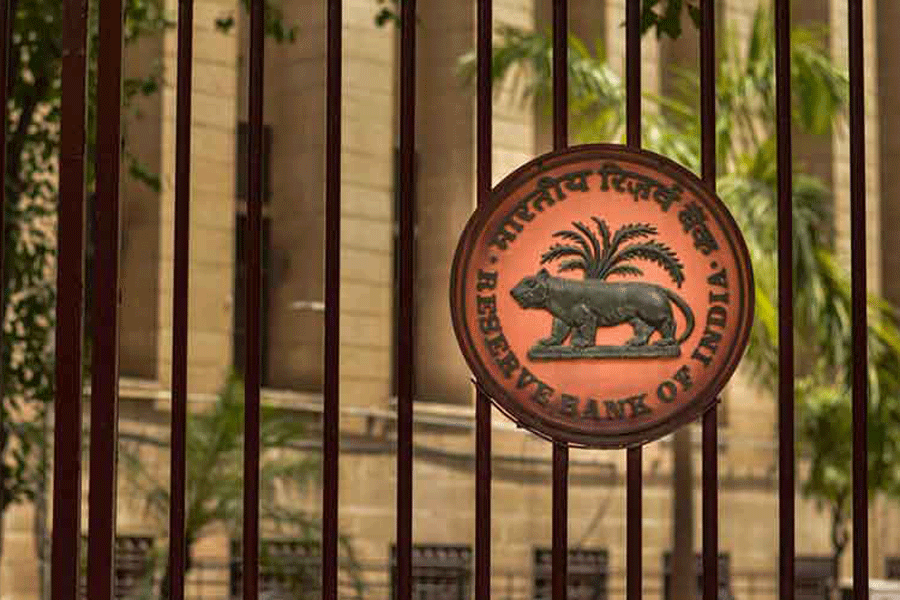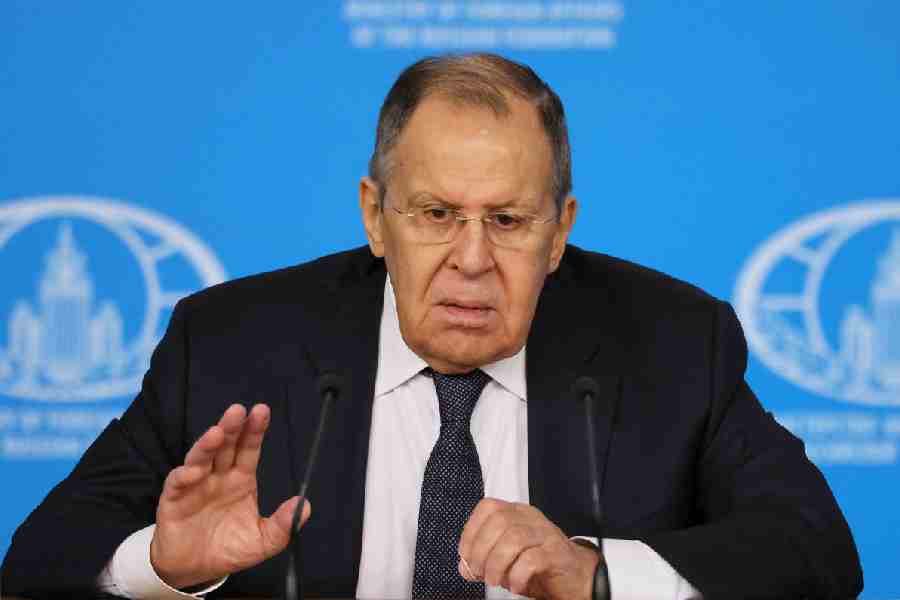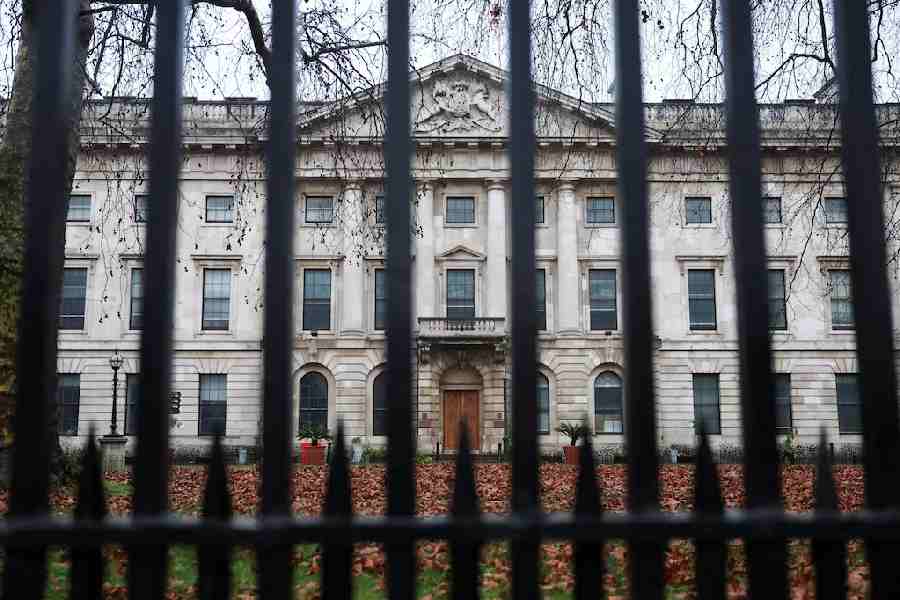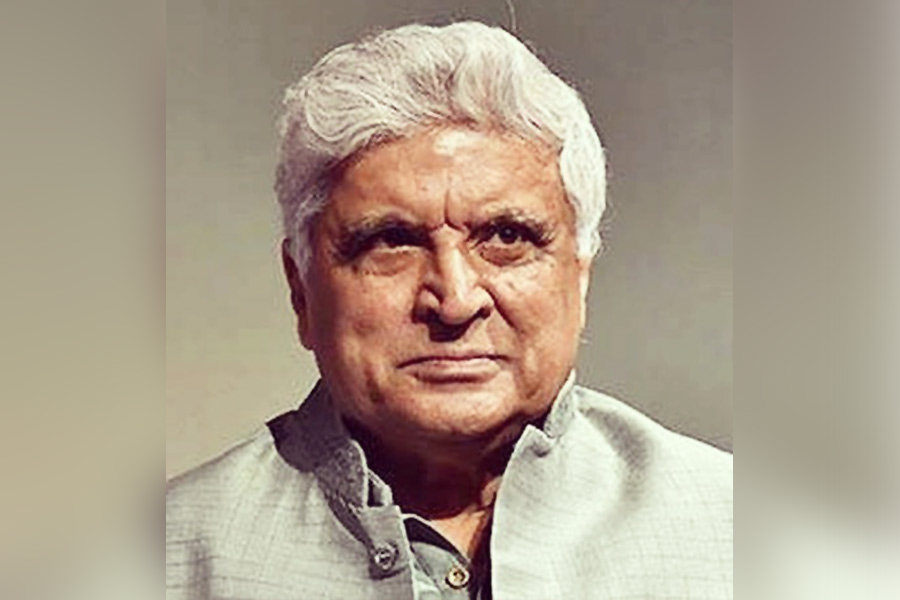All eyes will be on the Reserve Bank of India (RBI) on Friday which will take a decision on the incremental cash reserve ratio (ICRR) that was adopted as a temporary measure last month.
Analysts are divided on whether the central bank should withdraw the facility — ICRR is 10 per cent — amid high inflation on one hand and expected pressure on banking system liquidity on the other.
A section of analysts said the banking regulator will reduce ICRR to around 5 per cent and extend the tool till the end of this month as it will continue to drain liquidity out of the system as one of the means to counter inflation.
This is corroborated by RBI deputy-governor Michael Patra’s remarks during last month’s monetary policy committee (MPC) meeting where he said, ``A risk to the inflation outlook stems from the liquidity overhang in the banking system. Withdrawal of excess liquidity should engage primacy in the attention of the RBI going forward as it presents a direct threat to the RBI/MPC resolve to align India’s inflation with the target, besides the potential risks to financial stability’’.
There are others who say ICRR will be lifted as the measure has served its purpose and drained the system of liquidity that was built up by a surge in bank deposits in the wake of the withdrawal of Rs 2,000 notes from the system. They said liquidity in the banking system will again see tightness because advance tax payments will commence from the middle of this month and GST outflows five days later.
Last month, while it retained the policy repo rate at 6.50 per cent, the RBI said banks will maintain ICRR of 10 per cent on the increase in their net demand and time liabilities (NDTL) between May 19 and July 28, 2023.
The central bank had said that even after the temporary impounding, there will be adequate liquidity in the system to meet the credit needs of the economy.
RBI governor Shaktikanta Das had said the amount impounded will be little over Rs 1 trillion.
Latest data available from the RBI shows that the surplus liquidity in the system stands at nearly Rs 94,000 crore.
The surplus was over Rs 1.84 trillion on August 11, a day before ICRR came into effect and nearly Rs 3 trillion in the beginning of August.










